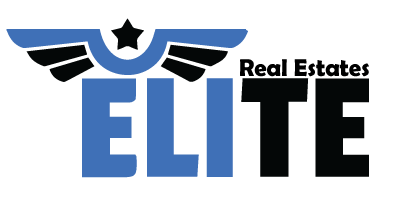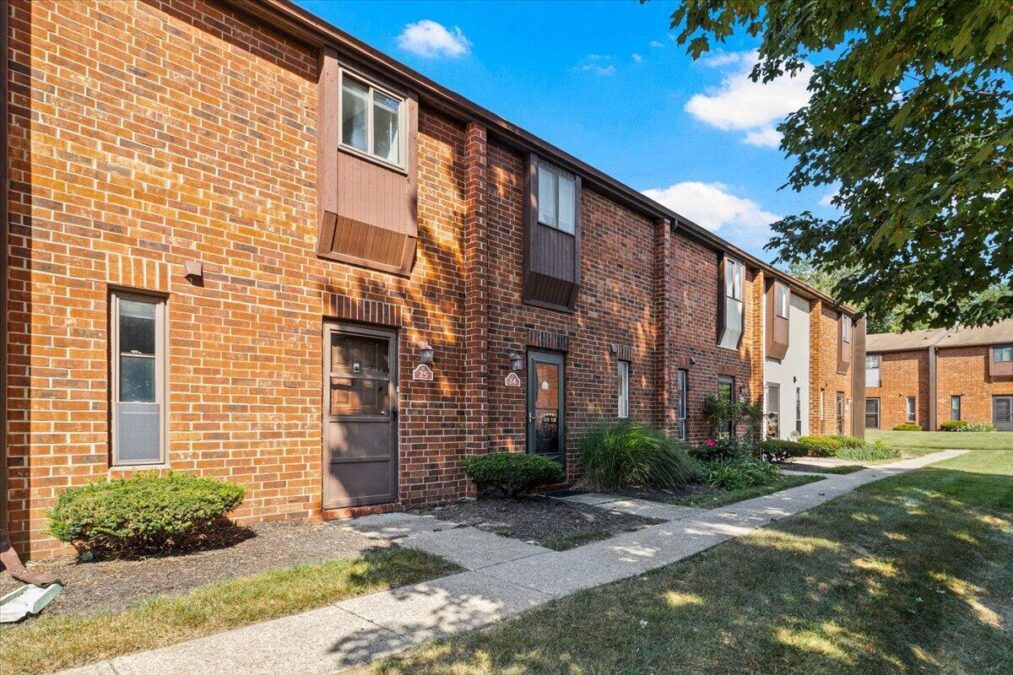When navigating the complexities of buying or refinancing a home, many borrowers encounter the term lender inspection—a step that can impact loan approval, construction progress, and even property value. But what is a lender inspection, and why does it matter?
In simple terms, a lender inspection is an evaluation ordered by a mortgage lender to verify that a property meets specific standards and conditions tied to the loan agreement. This inspection may occur during various stages of the mortgage process, such as construction, renovation, or final appraisal. Understanding this step can prevent costly surprises and delays in your real estate journey.
This comprehensive guide covers everything you need to know about lender inspections: from types and timing to what inspectors look for, how they differ from appraisals or home inspections, and how to prepare.
What Is a Lender Inspection?

A lender inspection is a property evaluation conducted to protect the interests of the mortgage lender. Its purpose is to confirm that the property is in acceptable condition, complies with loan requirements, and—if under construction or renovation—is progressing as planned before additional funds are disbursed.
Unlike a general home inspection requested by the buyer, a lender inspection is ordered and paid for by the lender and may be required at multiple points in the mortgage process.
Why Lenders Require Inspections

Protecting the Collateral
The property itself serves as collateral for the mortgage. Before releasing large sums of money, lenders want assurance that the home:
- Exists and is in good condition
- Is being built according to schedule (in new construction)
- Meets safety and habitability standards
- Has not been altered in a way that affects its marketability
Managing Risk
By confirming the property’s physical and legal status, lenders reduce their financial risk. This is especially critical in government-backed loans (FHA, VA) that have strict inspection guidelines.
Common Types of Lender Inspections

1. Construction Draw Inspections
Used for construction loans, draw inspections occur at multiple stages:
- Foundation complete
- Framing complete
- Interior finish
- Final inspection
Inspectors verify that work has been completed according to plans before releasing the next loan “draw” or disbursement.
2. Final Lender Inspection (Post-Appraisal)
When a property is under renovation or under contract for sale, lenders may require a final inspection after the appraisal to confirm that repairs or changes have been completed satisfactorily.
3. Occupancy Inspections
This is to verify that the home is occupied, especially in investment properties or homes bought under occupancy-specific loan conditions (e.g., FHA owner-occupied rules).
4. FHA/VA Compliance Inspections
Government-backed loans may require additional inspections to ensure code compliance, especially for:
- Health and safety
- Functioning mechanical systems
- Structural soundness
What Do Lender Inspectors Look For?

While the focus can vary based on the inspection type, most lender inspections examine the following:
- Completion of work (construction or repairs)
- Adherence to building codes
- Property condition (roof, plumbing, HVAC, electrical systems)
- Presence of hazards (mold, lead paint, foundation cracks)
- Permitted upgrades or renovations
- Photo documentation for lender records
Unlike home inspections, lender inspections are not as detailed but are specific to the lender’s financial interest.
Lender Inspection vs. Home Inspection vs. Appraisal
| Feature | Lender Inspection | Home Inspection | Appraisal |
|---|---|---|---|
| Ordered By | Lender | Buyer | Lender |
| Purpose | Verify condition/completion | Evaluate property condition | Estimate property value |
| Depth of Evaluation | Moderate | Detailed | Focus on valuation |
| Mandatory? | Yes (in specific loan types) | Optional (but recommended) | Always required for mortgage loans |
| Cost Covered By | Lender (may charge borrower) | Buyer | Usually borrower |
When Does a Lender Inspection Happen?
- Before final loan approval (to verify completion of required repairs)
- At construction milestones (for draw release)
- After appraisal (if repairs were conditional for valuation)
- At occupancy review (for occupancy compliance)
The timing depends on your loan type and the property’s current condition or construction phase.
How to Prepare for a Lender Inspection
- Complete Required Repairs or Construction Tasks
- Ensure all agreed work is finished and documented.
- Keep Documentation Ready
- Blueprints, invoices, permits, or contractor contracts.
- Clean and Organize the Site
- Make it accessible and free from obstructions.
- Meet Code and Safety Standards
- Ensure plumbing, electrical, and safety features are operational.
What Happens If the Property Fails the Inspection?
If a property fails a lender inspection, the lender may:
- Withhold funds until issues are resolved.
- Delay closing until repairs are complete.
- Require re-inspection, often at an added cost.
- Cancel the loan, in extreme non-compliance cases.
Solution: Work closely with your contractor or real estate agent to resolve issues quickly and request a re-inspection if needed.
People Also Ask (FAQs)
Is a Lender Inspection the Same as an Appraisal?
No. A lender inspection focuses on verifying conditions and progress. An appraisal estimates the property’s market value for loan approval.
Who Pays for a Lender Inspection?
Typically, the borrower pays for lender inspections, even though the lender orders them. Fees are usually included in closing costs or loan draw expenses.
How Long Does a Lender Inspection Take?
A typical lender inspection takes 30 minutes to 1 hour, depending on property size and scope of the inspection.
Can I Be Present During a Lender Inspection?
Yes, but it is not required. Contractors are usually present during construction inspections. Being available helps answer questions in real time.
What Happens After a Lender Inspection?
After the inspection, the inspector sends a report with photos to the lender. The lender then decides whether to release funds, approve the loan, or request changes.
Real-Life Example: New Construction Inspection
Case Study: A couple building their dream home with a construction loan received four draw inspections at key stages. At the third inspection, missing insulation was flagged. The builder resolved the issue within two days, and funds were released without delay. Without the inspection, this could have delayed drywall installation and final loan approval.
Conclusion
A lender inspection plays a vital role in ensuring that a property aligns with loan terms, is progressing appropriately during construction, or complies with post-appraisal conditions. Understanding the purpose, timing, and implications of lender inspections helps borrowers stay ahead of potential obstacles, avoid delays, and move forward with confidence.











